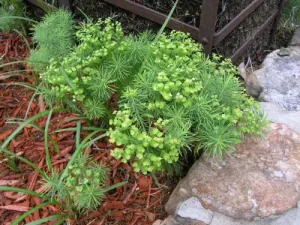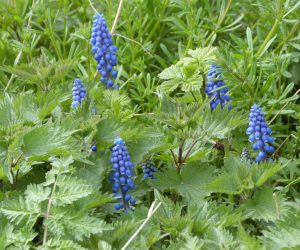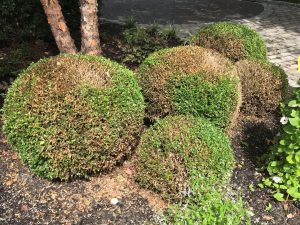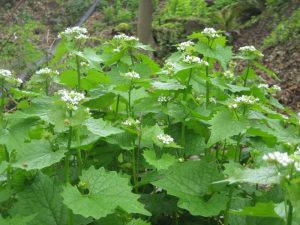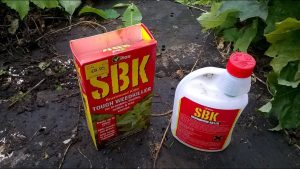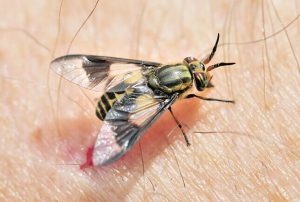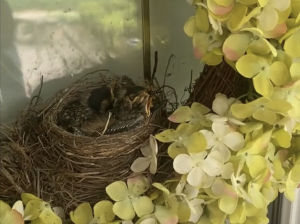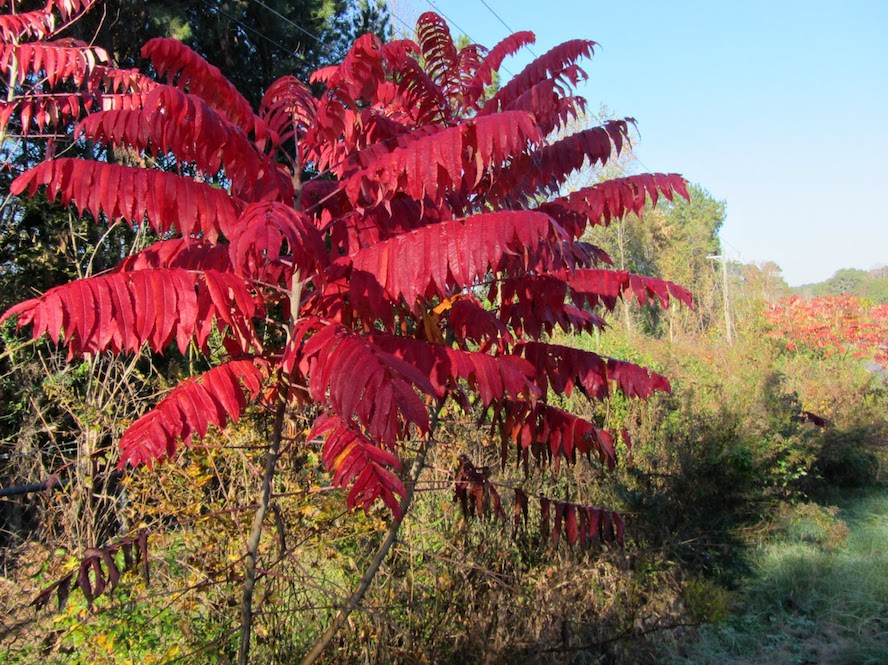
Across the beautiful landscapes of Ontario, the alluring sumac plant graces many backyard gardens with its vibrant presence.
While its striking appearance and ability to thrive in diverse environments make it an appealing addition to outdoor spaces, there is more to sumac than meets the eye.
As we explore its prevalence, the potential poisonous risks it poses, and its remarkable qualities, we’ll uncover a multifaceted story that sheds light on this fascinating botanical wonder.
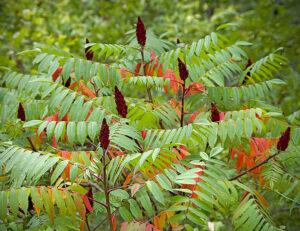
The Prevalence of Sumac in Ontario Backyard Gardens
Sumac, scientifically known as Rhus spp., is prevalent in Ontario’s diverse ecosystems, including suburban and urban areas. Its versatility allows it to adapt to various soil types and growing conditions, making it a hardy and often self-propagating plant. With species such as Staghorn Sumac (Rhus typhina) and Smooth Sumac (Rhus glabra) commonly found in the region, homeowners often welcome these sumacs into their gardens for their ornamental appeal and ability to attract pollinators and wildlife.
The Poisonous Side of Sumac
While sumac’s presence in gardens may be visually appealing, it is essential to be aware of its potential risks. Like its relative, poison ivy, sumac contains urushiol, an oily resin that can cause skin irritation and allergic reactions in sensitive individuals. The leaves, stems, and even the fuzzy-looking red flower clusters, known as drupes, are potential sources of this toxin.

Moreover, some sumac species, such as the Poison Sumac (Toxicodendron vernix), are more potent than poison ivy, causing more severe reactions when touched. Although Poison Sumac is less commonly found in backyard gardens, proper identification and precautions are crucial when dealing with any sumac species.
The Art of Differentiation
Properly identifying sumac and distinguishing it from other plants is vital to mitigate any potential risks. One of the most straightforward ways to identify sumac is by observing its compound leaves.
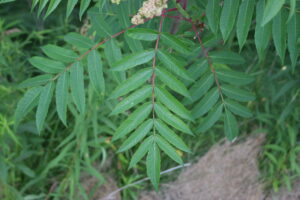
Most sumac species have pinnately compound leaves, with several leaflets attached to a central stem. The number of leaflets can vary among species, ranging from 9 to 31.
Another telltale sign is the characteristic red drupes that form in late summer and persist through fall.
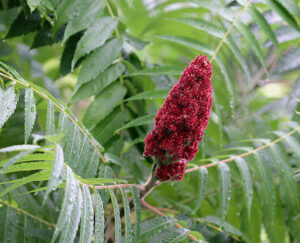
While these fuzzy-looking clusters add aesthetic appeal, they are also a key identifier for sumac. Caution should be exercised when handling these drupes, as they contain the urushiol oil responsible for skin irritation.
Remarkable Qualities of Sumac
Beyond its potential dangers, sumac boasts several remarkable attributes that contribute positively to the ecosystem and outdoor spaces.
Wildlife Attraction: Sumac drupes serve as a vital food source for a variety of wildlife, including birds and small mammals. The bright red color of the drupes and their persistence through winter make them essential during times when food is scarce.
Erosion Control: Sumac’s robust root systems help prevent soil erosion, particularly on sloped landscapes. This erosion control quality makes it a valuable addition to gardens with challenging terrain.
Pollinator Magnet: The flower clusters of sumac attract bees, butterflies, and other pollinators, enhancing the biodiversity of the garden and supporting essential ecological processes.
Ornamental Appeal: With its vibrant fall foliage, sumac adds a burst of color to the autumn landscape, making it a popular ornamental choice for gardeners seeking seasonal interest.
Native Plant: Many sumac species are native to North America, contributing to the preservation of regional biodiversity and supporting local ecosystems.
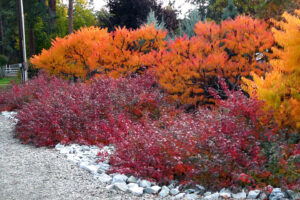
Safe Gardening with Sumac
To enjoy the remarkable qualities of sumac while avoiding potential risks, responsible gardening practices are essential.
Proper Identification: Familiarize yourself with the characteristics of sumac to distinguish it from other plants, especially poisonous ones.
Gloves and Protective Clothing: When handling sumac, wear protective clothing, including gloves, to minimize direct contact with the plant.
Remove Unwanted Sumac: If sumac is growing in undesired areas, remove it carefully, ensuring that no residue comes into contact with your skin.
Control Growth: To prevent sumac from becoming invasive, control its growth by regular pruning and removal of unwanted seedlings.
Choose Non-Poisonous Sumac: For those concerned about potential toxicity, consider landscaping with non-poisonous sumac varieties, such as the Staghorn Sumac.
Conclusion
The prevalence of sumac in Ontario backyard gardens offers a captivating tale of resilience and beauty.
As we appreciate its ornamental appeal and ecological benefits, it is crucial to remain mindful of its potential poisonous traits.
By understanding sumac’s identification, precautions, and proper handling, we can safely coexist with this alluring botanical wonder.
Embracing its remarkable qualities while exercising caution, we cultivate outdoor spaces that showcase the vibrant tapestry of nature’s offerings in our beautiful Ontario landscapes.
Watch this video, where our team is dealing with some sumac overhanging into a client’s yard, and don’t forget to subscribe!

